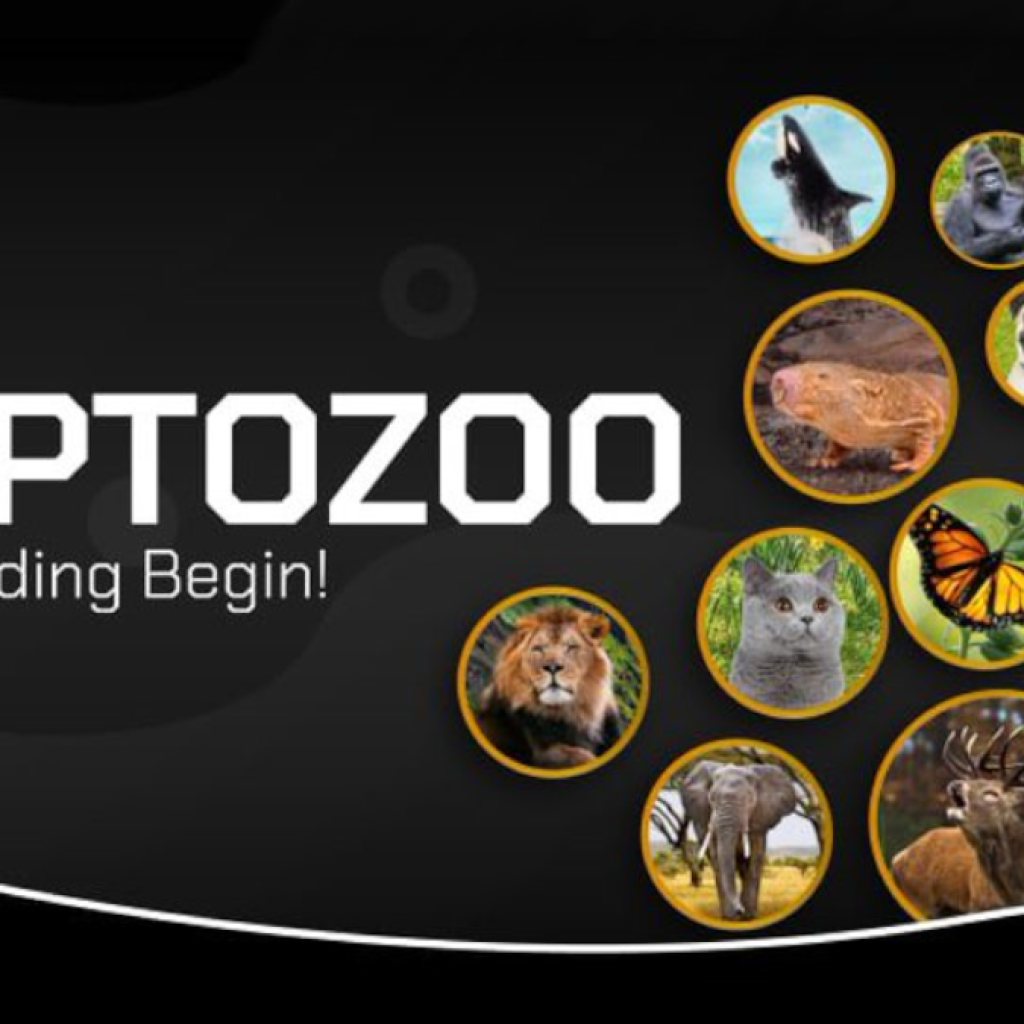James Wallis, the Vice President of Ripple, specializing in central bank engagements and Central Bank Digital Currencies (CBDCs), recently highlighted the transformative potential of CBDCs in enhancing global financial inclusion.
In a compelling brief video, Wallis shed light on how CBDCs could revolutionize financial services accessibility, especially for those in lower income brackets and those disconnected from traditional banking systems.
Understanding Financial Exclusion and CBDCs’ Role
Wallis explained that financial exclusion primarily affects individuals with low incomes and those without existing relationships with financial institutions.
This lack of connection often results in an absence of credit history, making it challenging for banks to serve these individuals. Banks, typically driven by shareholder interests, find it hard to profit from offering services to this demographic.
This situation has created a significant gap in financial services accessibility, leaving a substantial portion of the global population underserved.
CBDCs emerge as a viable solution to this predicament. Unlike traditional banking methods, which often involve higher costs, CBDCs present a more cost-effective approach to delivering financial services.
By leveraging digital currency technology, CBDCs can offer streamlined payment options and opportunities for individuals to establish credit histories.
This is particularly beneficial for those previously excluded from the financial system, as it enables them to build borrowing capabilities and potentially stimulates the growth of their businesses.
Ripple’s Global Impact through CBDCs
Ripple, under Wallis’s guidance, has been actively engaging with over 20 central banks worldwide on various CBDC initiatives. The company has positioned itself as a technology partner in these projects, notably in the second phase of Georgia’s digital lari project.
Furthermore, Ripple’s collaborations extend to countries like Bhutan, Palau, Montenegro, Colombia, and Hong Kong, reflecting its commitment to fostering CBDC development across different regions.
These initiatives are not just about technological innovation; they are about creating a more inclusive financial world. CBDCs, as advocated by Wallis, have the potential to democratize access to financial services, offering a lifeline to those traditionally marginalized in the financial sphere.
This approach aligns with Ripple’s ethos of driving sustainable and inclusive growth through digital currency advancement. Ripple’s efforts have not gone unnoticed.
Despite its ongoing legal battle with the United States Securities and Exchange Commission, the company received recognition from Currency Research for its outstanding contributions to digital currency advancement and sustainability initiatives.
This recognition underscores Ripple’s role in championing innovations that align with the global push towards CBDCs.
James Wallis’s perspective on CBDCs as a tool for financial inclusion is not just a theoretical proposition; it is being put into practice by Ripple’s active involvement in global CBDC projects.
This approach signifies a major shift in how financial services can be delivered, focusing on inclusivity and accessibility.
As CBDCs continue to gain traction, their role in reshaping the global financial landscape and bridging the gap in financial inclusion becomes increasingly evident.
Ripple’s pivotal role in this transformation highlights the company’s commitment to leveraging technology for greater good, making finance more accessible and equitable for all.





